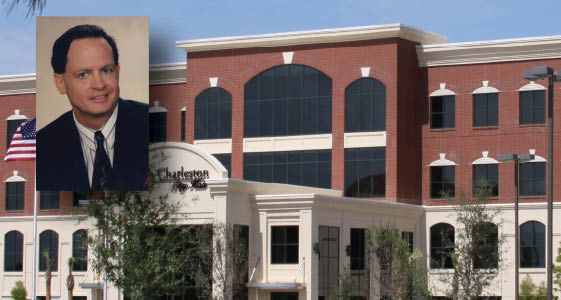2013 BGC Runner Up: “Reinventing the Local Economy Through Sustainable Urban Redevelopment”
“Reinventing the Local Economy Through Sustainable Urban Redevelopment”
Authors: Keith West and Ryan Johnson, City of North Charleston, South Carolina
[message_box title=”Please Join Us in Recognizing the 2013 Better Government Competition Winner and Runners Up at the Annual Awards Dinner, on September 30, 2013″ color=”red”]Purchase Tickets Today[/message_box]
In 1996 the Department of Defense closed the Charleston Naval Base. At its peak, the base had employed more than 40,000 military and civilian workers. As expected, the result was an increase in unemployment and crime and a decrease in the size of the tax base for the nearest municipality, North Charleston.
To offset the base’s closure, North Charleston undertook a comprehensive redevelopment planning process that would incorporate everything from basic streetscape improvements to brownfield rehabilitation to jobs skills training for the local workforce. The city’s officials employed public-private partnerships, creating Tax Increment Financing (TIF) districts to leverage private economic investment, in order to minimize the cost of redevelopment for tax payers. And all of it was done with direct input from the local community.
Over the course of 24 town hall-style meetings and incorporating feedback from 3,000 citizens, North Charleston identified priority parcels for redevelopment. These included portions of the old naval base, a new park along the Copper River, from which the city had always been cut off by the base, and downtown business districts that had become increasingly abandoned as the small businesses that relied on traffic from the base closed.
Though development remains ongoing, results have already been dramatic. Developers have built or committed to building more than 1,000 units of housing. Despite the increase in supply, the average home price in North Charleston increased 127% between 2000 and 2010—from $64,000 to $145,000. At the same time, the rate of homeownership in the city increased from 32% to 45%.
Unsurprisingly, increased rates of homeownership and increased property values coincided with a revitalization of the East Montague Business District, North Charleston’s main street. During the same decade, the occupancy rate for retail and office space in the district tripled, from 30% to 90%. More importantly, unemployment in North Charleston is currently 6.3%, or 28% less than the state’s overall unemployment rate of 8.7%.



